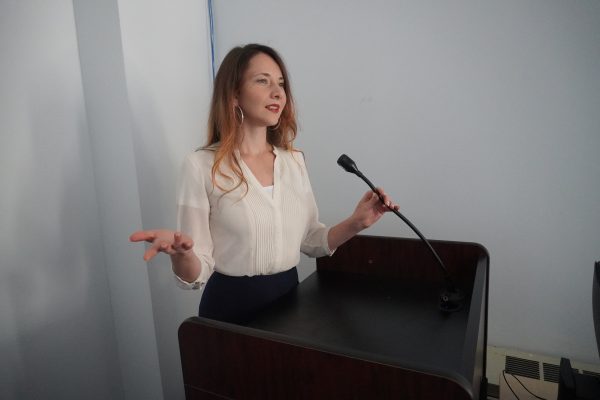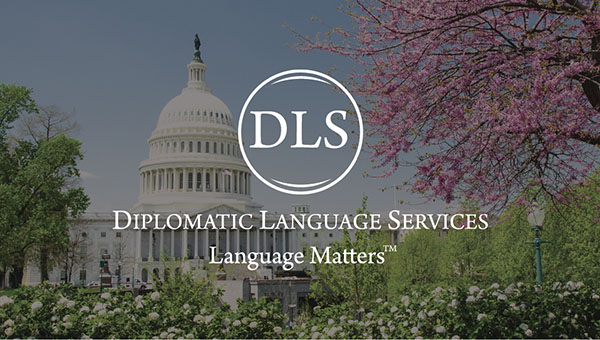When managing translation projects, I instruct project managers to address potential negative outcomes such as difficult language pairs before they occur. It’s much easier to eliminate problems if they can be anticipated beforehand. However, in translation, there are certain issues that simply cannot be avoided and will take large amounts of time to amend.
An example of this would be working with difficult language pairs. By ‘difficult’, I do not mean the difficulty of the language itself, but the difficulty in providing a linguist that meets all normal qualifications for translation. Consider a project where a large document must be translated from Kurdish to English. Normally, translators are assigned based upon their native language, always translating to rather than from this language. In this scenario, it is difficult to find native English-speaking linguists who are also proficient enough in Kurdish to be adequate translators. In these instances, it might require the use of a native Kurdish speaker to provide the translation. The client requiring a local linguist would limit this project even further, as is often the case with government clients.
In this type of situation, you can be fairly sure that the text will arrive in suboptimal shape. Therefore, there are a few steps you’ll need to take to ensure a successful translation.
Build in Extra Time
The client needs to be educated about the issues with this type of language pair. Therefore, additional time will need to be built in. The linguist will likely work slower than normal, and additional editing will be required. So, be sure to build extra hours into the timeline.
Utilize Linguists With Extended Availability
In the editing process, there will likely be many questions for the linguist regarding word choice and sentence structure. Ensure the linguist has the time to address these questions.
Request Rolling Delivery From Linguist
Since it will require additional editing, and you do not want the client to be unhappy about the long timeline, begin editing early on to prevent an extended delivery time.
Get as Much Terminology from Client as Possible.
If the client has a glossary for any of the terminology used in the text, make sure to use it. If they do not provide a glossary, create one early in the project and determine if your translation of key terms is acceptable.
Do you have Translation or Interpretation needs? Find out more about DLS’ Translation and Interpretation department here.
For more DLS, check out other blogs and visit us on Facebook, LinkedIn, Instagram, or Twitter!




